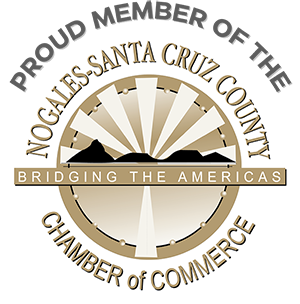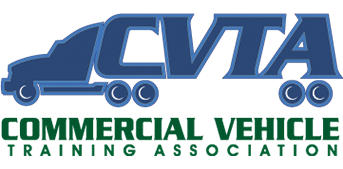If you’re thinking about a career in trucking, you may be asking: What’s the difference between interstate vs intrastate commerce? While the terms may sound similar, they come with important distinctions that impact everything from licensing to regulations, insurance, and job responsibilities.
Let’s break down the difference and how it affects new truck drivers entering the field.
What Is Interstate Commerce?
Interstate commerce involves the movement of goods or services across state lines. This includes any shipment that begins in one state and ends in another, even if it only crosses briefly into a neighboring state. It also includes loads picked up in the U.S. that are destined for international ports or borders.
Because it crosses state boundaries, interstate trucking falls under federal regulations, primarily overseen by the Federal Motor Carrier Safety Administration (FMCSA), part of the Department of Transportation (DOT). These rules cover everything from hours-of-service limits, driver qualifications, liability insurance requirements, and vehicle maintenance.
Truckers involved in interstate trucking must meet FMCSA standards, which are consistent nationwide and designed to ensure public safety and reliability across all 50 states.
What Is Intrastate Commerce?
Intrastate commerce, on the other hand, refers to the transport of goods within a single state. If a truck picks up and delivers a load in Arizona and never crosses into another state, that’s considered intrastate trucking.
In this case, state-level regulations apply instead of federal ones. Although the FMCSA may still play a role in tracking safety data and issuing some general guidelines, each state governs its intrastate carriers. For example, insurance requirements, hours of service, and driver qualifications may differ slightly depending on the state.
Drivers operating under intrastate commerce still need a Commercial Driver’s License (CDL), but the licensing and renewal process may vary based on local laws.
Why the Difference Matters
Understanding the difference between interstate vs intrastate trucking is crucial when choosing your driving career path.
Each has its benefits and challenges:
- Interstate Trucking: Involves longer hauls and more time on the road, but can offer higher pay and more job opportunities through national trucking companies.
- Intrastate Trucking: Typically allows for shorter routes and more home time, which can be appealing for drivers with families or other local commitments.
The type of commerce also determines which safety regulations you must follow and what kind of liability insurance coverage you need. Knowing whether you’ll be driving interstate or intrastate helps you prepare for the correct tests, meet the right standards, and understand what employers will expect from you.
Get on the Road with the Right Training
Whether you choose interstate or intrastate trucking, success starts with the right training. At HDS Truck Driving Institute in Tucson, AZ, we offer CDL programs that prepare you for both types of commerce. Our instructors cover everything from FMCSA safety rules to state-specific requirements, giving you the skills and knowledge needed for a long-lasting career in trucking.
Ready to take the first step? Join a trusted program that prepares you for interstate and intrastate success—on your terms.








